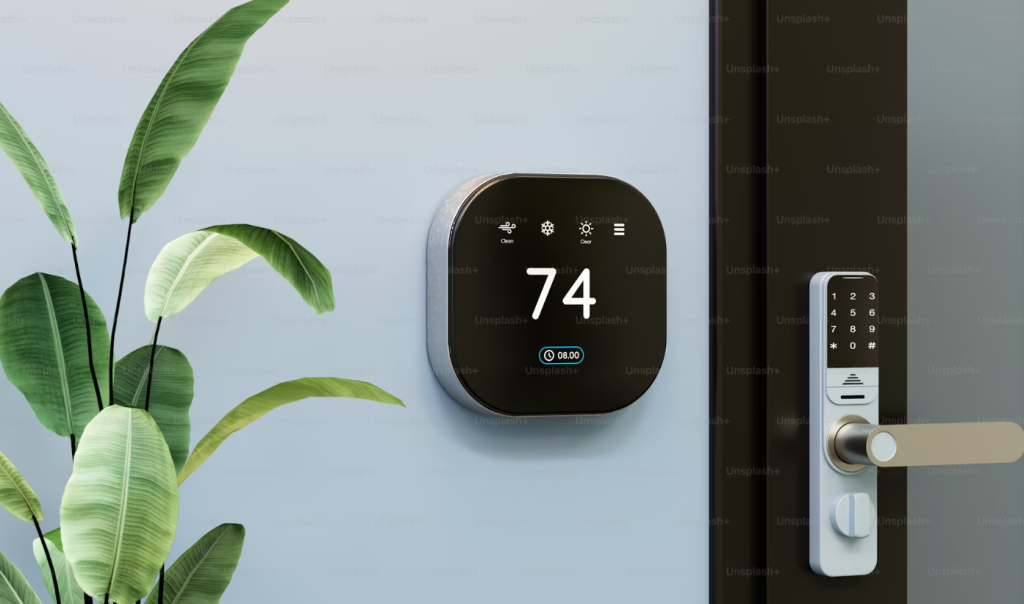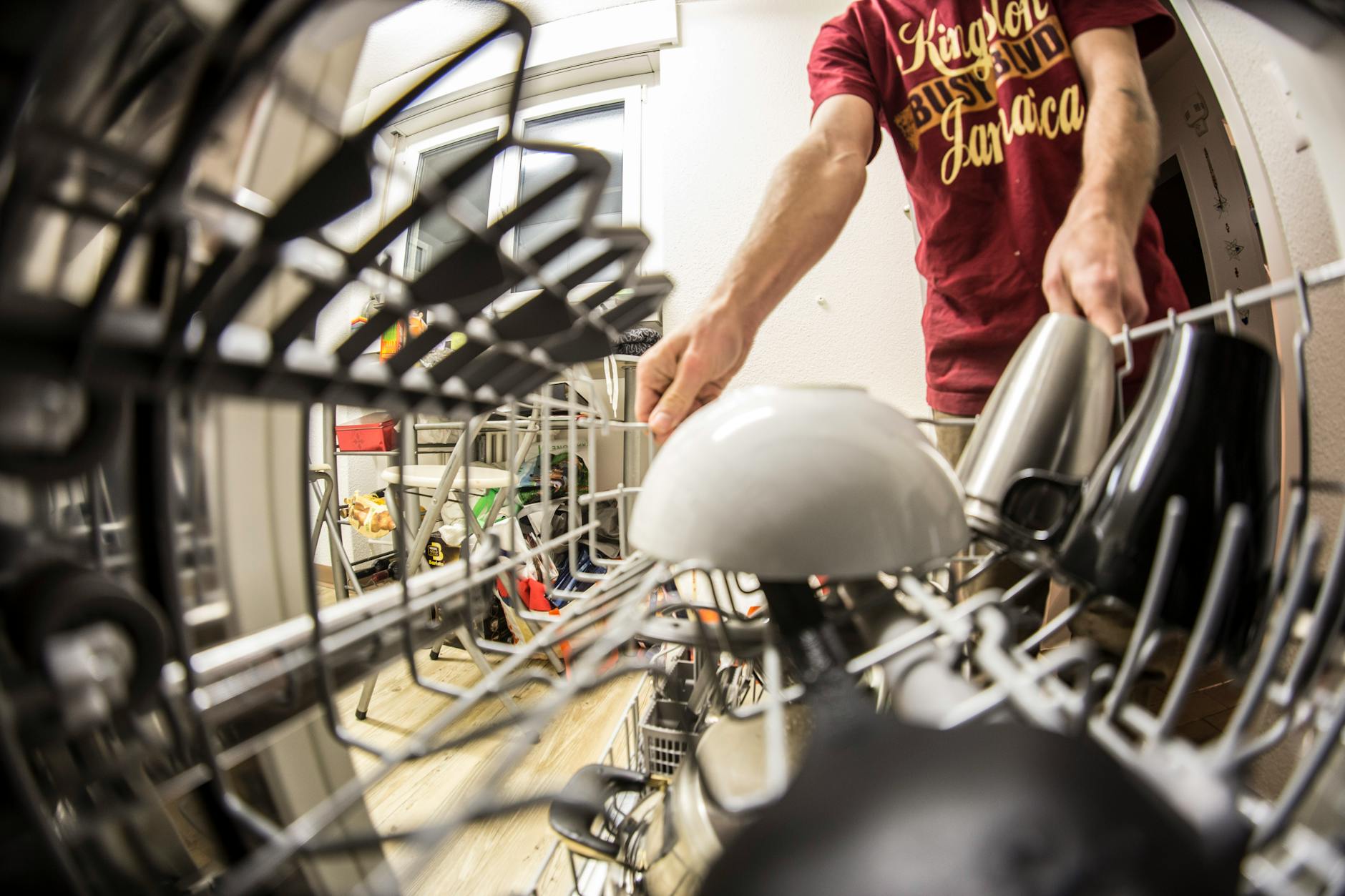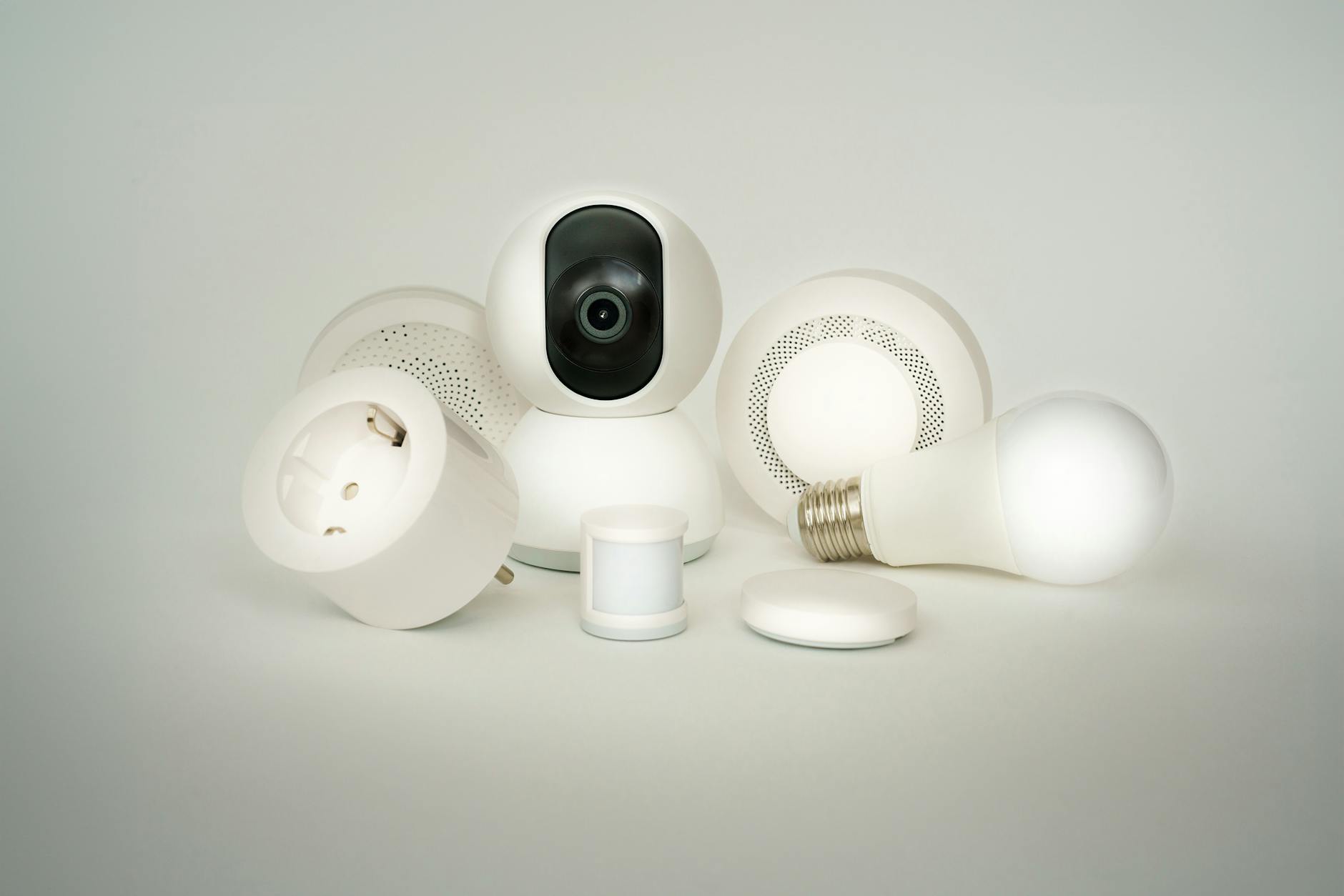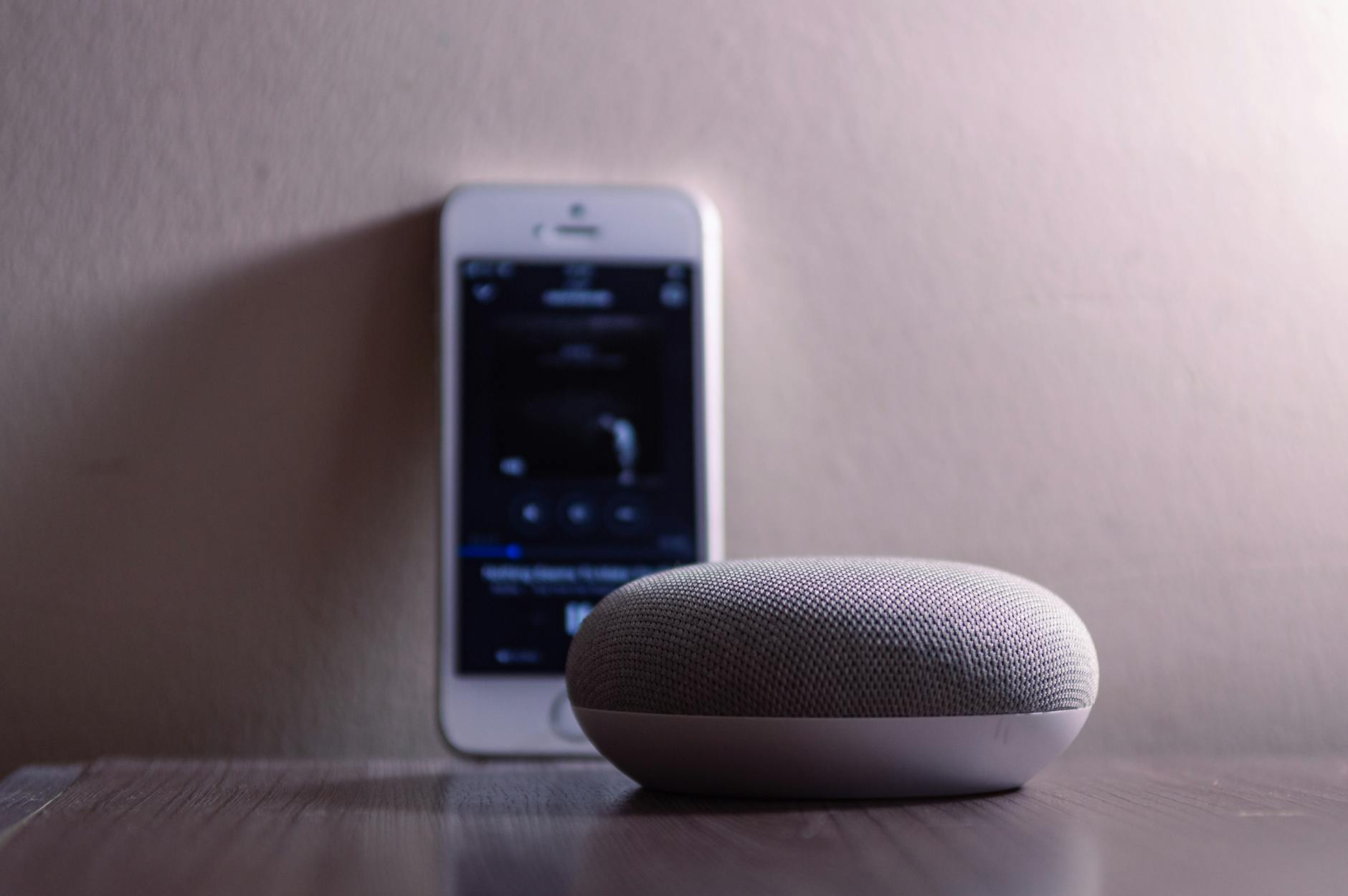Feeling the pinch of rising energy bills? You’re not alone. With utility costs climbing faster than a squirrel up a tree, finding ways to save energy without sacrificing comfort is a top priority for homeowners in 2025. Enter smart thermostats—these nifty devices are like having a personal energy coach for your home, learning your habits, tweaking temperatures, and helping you save big on heating and cooling. In this article, we’ll dive into the best smart thermostats of 2025, unpack their features, and show you how they can trim your energy bills while keeping your home cozy. Ready to take control of your energy costs? Let’s get started!
Why Smart Thermostats Are a Game-Changer
Smart thermostats aren’t just fancy gadgets; they’re revolutionizing how we manage home energy. Unlike traditional thermostats, which require manual tweaks and often waste energy, smart thermostats use advanced tech to optimize your heating and cooling. They can save you up to 10-26% on energy bills, according to studies from the U.S. Department of Energy and manufacturers like Ecobee. Plus, they’re super convenient—imagine adjusting your home’s temperature from your phone while sipping coffee at a café. But what makes them so effective?
The Energy Crisis and Rising Bills
Energy costs are no joke. A 2025 CNET survey found that 78% of U.S. adults are stressed about soaring utility bills, and it’s not hard to see why. Heating and cooling account for nearly half of the average household’s energy expenses—about $900 a year, per the EPA. With global energy prices fluctuating and winters getting colder in some regions, finding ways to cut costs is critical. Smart thermostats tackle this head-on by reducing unnecessary energy use, making them a must-have in today’s economy.
How Smart Thermostats Work
So, how do these devices work their magic? Picture a tiny brain for your HVAC system. Smart thermostats use sensors, Wi-Fi connectivity, and sometimes artificial intelligence to monitor your home’s temperature, occupancy, and even outdoor weather. They learn when you’re home or away, adjust settings to save energy, and let you control everything remotely via an app. Features like geofencing (using your phone’s location) and motion sensors ensure your system isn’t running when it doesn’t need to. It’s like having a butler who knows exactly when to turn down the heat.

Key Features to Look for in 2025
Not all smart thermostats are created equal. To get the most bang for your buck, you’ll want to focus on a few key features that maximize savings and convenience. Let’s break down what to prioritize when shopping for a 2025 model.
Learning Capabilities and AI
The best smart thermostats don’t just follow your commands—they anticipate your needs. AI-driven models, like the Google Nest Learning Thermostat, study your schedule and preferences, suggesting temperature tweaks to save energy. For example, they might lower the heat on a warm winter day or crank up the AC just before you get home. This learning ability is like having a personal trainer for your energy habits, nudging you toward efficiency without lifting a finger.
Smart Home Integration
Want your thermostat to play nice with your Alexa or Google Assistant? Smart home compatibility is a must. Top models in 2025 work seamlessly with platforms like Amazon Alexa, Google Home, Apple HomeKit, and even Samsung SmartThings. This lets you control your thermostat with voice commands or integrate it into broader smart home routines—like dimming lights and lowering the heat when you say, “Goodnight.” It’s like giving your home a central nervous system.
Energy Reports and Insights
Knowledge is power, especially when it comes to energy use. Many smart thermostats, like the Ecobee Premium, provide detailed energy reports that show exactly how much you’re consuming. These insights help you spot patterns and make smarter choices, like turning down the heat at night. Think of it as a fitness tracker for your HVAC system, helping you stay lean and efficient.
Top Smart Thermostats for 2025
Now, let’s get to the good stuff: the best smart thermostats of 2025. We’ve analyzed performance, features, and user reviews to bring you the top picks that’ll help you save money and stay comfortable.
Ecobee Smart Thermostat Premium
The Ecobee Smart Thermostat Premium is the gold standard for 2025. With a sleek touchscreen and a remote sensor for room-specific temperature control, it’s perfect for homes with uneven heating. It integrates with Alexa, Google Assistant, and Apple HomeKit, and its energy reports are top-notch, claiming savings of up to 26% on bills. The downside? It’s pricey at around $250, and installation may require a C-wire. But for feature-packed performance, it’s hard to beat.

Google Nest Learning Thermostat (4th Gen)
Google’s 4th-generation Nest Learning Thermostat is a showstopper with its art-like design and AI-powered scheduling. It learns your habits in days, suggesting energy-saving adjustments and balancing temperatures with a remote sensor. Matter compatibility makes it a dream for smart home enthusiasts, though it’s only available in the U.S. and Canada. Priced at $280 (with discounts available), it’s a premium pick for tech lovers.

Amazon Smart Thermostat
On a budget? The Amazon Smart Thermostat delivers big savings for under $100. Energy Star-certified, it works with Alexa and offers scheduling and energy tracking via the Ring app. It lacks advanced features like remote sensors or automatic learning, but its affordability and ease of use make it a great entry-level option. In testing, it efficiently managed temperatures, making it ideal for Alexa-centric homes.

Mysa Smart Thermostat for Electric Heating
For homes with electric baseboard heating, the Mysa Smart Thermostat is a lifesaver. It claims to save up to 26% on heating bills with features like geofencing and real-time energy usage reports. Its app is user-friendly, and it works with Alexa, Google Home, and Apple HomeKit. At around $150, it’s a niche but powerful choice for electric heating systems.

Tado° Wireless Smart Thermostat V4
The Tado° V4 shines in multi-room control and weather adaptation, adjusting heating based on local forecasts. It’s compatible with most smart home platforms and offers detailed energy reports to optimize usage. Priced at around $200, it’s a strong contender for UK homeowners, especially since Nest models are no longer sold in Europe. The catch? Full functionality may require additional radiator valves, adding to the cost.

Comparing Costs and Savings
Smart thermostats aren’t cheap, but they’re an investment that pays off. Let’s break down the costs and potential savings to help you decide.
Installation Costs and Rebates
Most smart thermostats cost $100-$280, with installation ranging from DIY to $100-$200 for professional help, especially if your system lacks a C-wire. The good news? Many utilities offer rebates for Energy Star-certified models, sometimes covering half the cost. Check with your local provider to sweeten the deal.

Average Savings Potential
Studies show smart thermostats save about 8-15% on heating and cooling bills—roughly $50-$150 per year, depending on your climate and usage. For a $250 thermostat, that’s a payback period of 2-5 years, not counting rebates or tax credits under programs like the Inflation Reduction Act. In colder or hotter regions, savings could be even higher.

How to Maximize Savings with Your Smart Thermostat
Buying a smart thermostat is just the start. To squeeze every penny out of it, you need to use it wisely. Here’s how.
Setting Efficient Schedules
Set schedules that match your routine—lower temperatures when you’re away or asleep, and cozy settings when you’re home. The U.S. Department of Energy suggests 78°F for summer and 68°F for winter when at home, with 7-10°F setbacks during idle times. It’s like programming your coffee maker to brew right when you wake up—effortless and effective.

Leveraging Geofencing and Sensors
Geofencing uses your phone’s location to turn down the heat when you leave and warm things up when you’re on your way back. Motion sensors, like those in Ecobee models, detect empty rooms to save energy. These features are like having a watchful friend who turns off the lights when you leave the room.

Environmental Impact of Smart Thermostats
Saving money is great, but smart thermostats also help the planet. By cutting energy use, they reduce your carbon footprint—potentially avoiding 6.9-7.2 gigatons of CO2 emissions globally by 2050, per Project Drawdown. It’s like planting a forest in your living room, minus the mess.

Potential Drawbacks to Consider
No device is perfect. Some smart thermostats require complex installations, especially in older homes without C-wires. Compatibility issues with certain HVAC systems or smart home platforms can also be a headache. And if you don’t use the smart features, you’re just stuck with an expensive gadget. Do your homework to avoid surprises.

Conclusion
In 2025, smart thermostats are more than a luxury—they’re a smart investment for slashing energy bills and boosting home comfort. From the feature-rich Ecobee Premium to the budget-friendly Amazon Smart Thermostat, there’s a model for every home and wallet. By learning your habits, integrating with smart homes, and providing energy insights, these devices put you in the driver’s seat of your energy costs. Ready to save money and help the planet? Pick one of these top thermostats and start enjoying a cozier, more efficient home today.
FAQs
- How much can I really save with a smart thermostat?
On average, you can save 8-15% on heating and cooling bills—about $50-$150 per year. Savings depend on your climate, home size, and how you use the thermostat’s features. - Do I need a professional to install a smart thermostat?
Many models are DIY-friendly with step-by-step app guidance, but older homes without a C-wire may require professional help, costing $100-$200. - Will a smart thermostat work with my HVAC system?
Most smart thermostats are compatible with standard HVAC systems, but check the manufacturer’s specs for your system type (e.g., electric baseboard or multi-stage systems). - Are there ongoing costs for using a smart thermostat?
Typically, no. Most models don’t require subscriptions, though some advanced features (like Ecobee’s security plan) may have optional fees. - Can smart thermostats help if I’m away from home often?
Absolutely! Features like geofencing and remote control let you adjust temperatures from anywhere, ensuring you don’t waste energy when you’re gone.















Leave a Reply